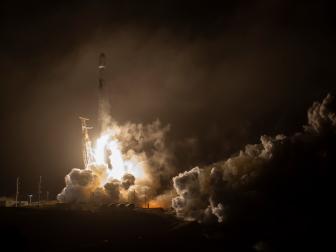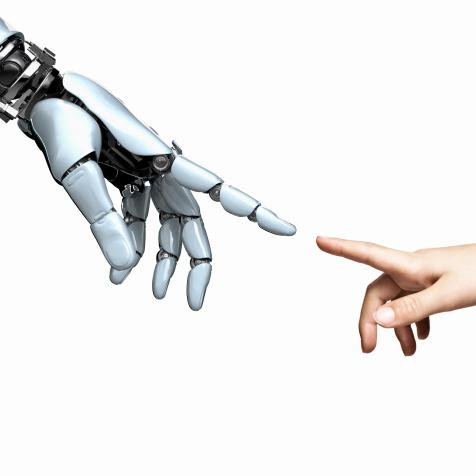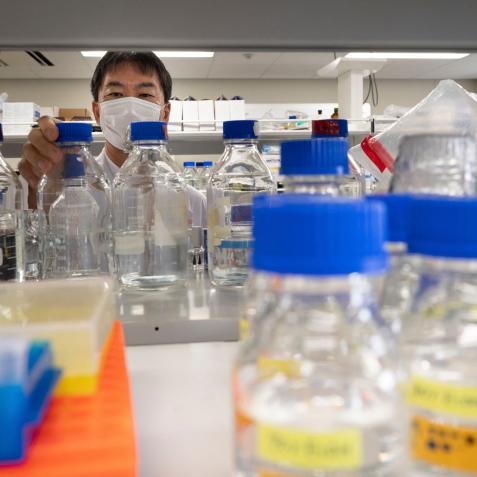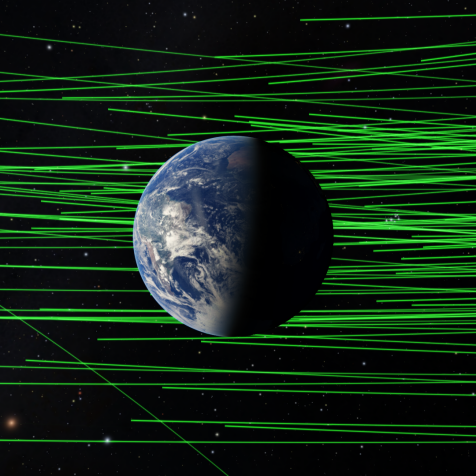
NASA's Biggest 2021 Milestones
From making history on Mars to supersonic aircraft, NASA continues to astound us with science from this past year.
2021 was a memorable year for NASA.
Among the many scientific accomplishments for the year, NASA continued preparations to launch the James Webb Space Telescope on Dec. 24 from French Guiana, successfully landed the Perseverance rover on the surface of Mars, and piloted the Ingenuity Mars Helicopter – the first powered, controlled flight on another planet.
NASA welcomed back to Earth the first two sets of commercial crew astronauts to complete expedition missions aboard the International Space Station and launched Crew-3 to the orbiting laboratory.
Here are some of our favorite highlights
- NASA's Perseverance rover drilled, extracted, and sealed its first rock core into its sampling tube on Mars. The core now is enclosed in an airtight titanium sample tube, making it available for retrieval in the future.
- Ingenuity became the first aircraft to make a powered, controlled flight on another planet, and recently completed more than 30 minutes of cumulative flight time.
- NASA’s Parker Solar Probe mission touched the Sun to provide us the first-ever direct observations of the solar atmosphere, the corona, as well as traveling by Venus, where it gave scientists the first complete look at Venus’ orbital dust ring, detected a bright rim around the edge of the planet that may be nightglow, and discovered natural radio emission.
- The Juno probe provided a fuller picture of how Jupiter’s distinctive and colorful atmospheric features offer clues about the unseen processes below its clouds.
- NASA’s Chandra X-ray Observatory detected evidence of a possible planet transiting a star in another galaxy, and, for the first time, it detected X-rays from Uranus.
- NASA’s SpaceX Crew-1 mission successfully completed its first expedition flight, carrying astronauts to and from the space station. The mission included the first spaceport relocation of a Crew Dragon spacecraft. Its nighttime splashdown was the first for a U.S. crew spacecraft since Apollo 8.
Of course, there are already more exciting projects on the way for 2022.
“Next year, NASA will accomplish more daring feats with new discoveries and technological advancements, especially as our Artemis I mission paves the way for future crewed missions to the Moon – and beyond,” said NASA Administrator Bill Nelson.
See More of NASA's 2021 Successes
NASA’s DART Mission Launches: Defending our Planet from an Asteroid
NASA’s first mission to test asteroid deflection technology launched yesterday. DART, or Double Asteroid Redirection Test, is a mission to slam a rocket into an asteroid… hopefully altering its path.
Meet Ingenuity: NASA’s First Mars Helicopter
Perseverance with Ingenuity strapped to its belly launched on July 30, 2020, from Cape Canaveral Air Force Station in Florida. The Mars Rover and Mars Helicopter safely landed on the dusty surface at 3:55P ET on February 18, 2021, after traveling nearly 292.5 million miles.
A Spacecraft Has Touched the Sun, for the First Time in History 8 Photos
Three years after NASA's Parker Solar Probe was launched in 2018, Parker entered the sun's upper atmosphere – One small step for the probe, one giant leap for solar science. The Parker Solar Probe sampled particles and magnetic fields from the sun's corona bringing in new discoveries. Here are some behind-the-scenes images from this historic moment.















































































